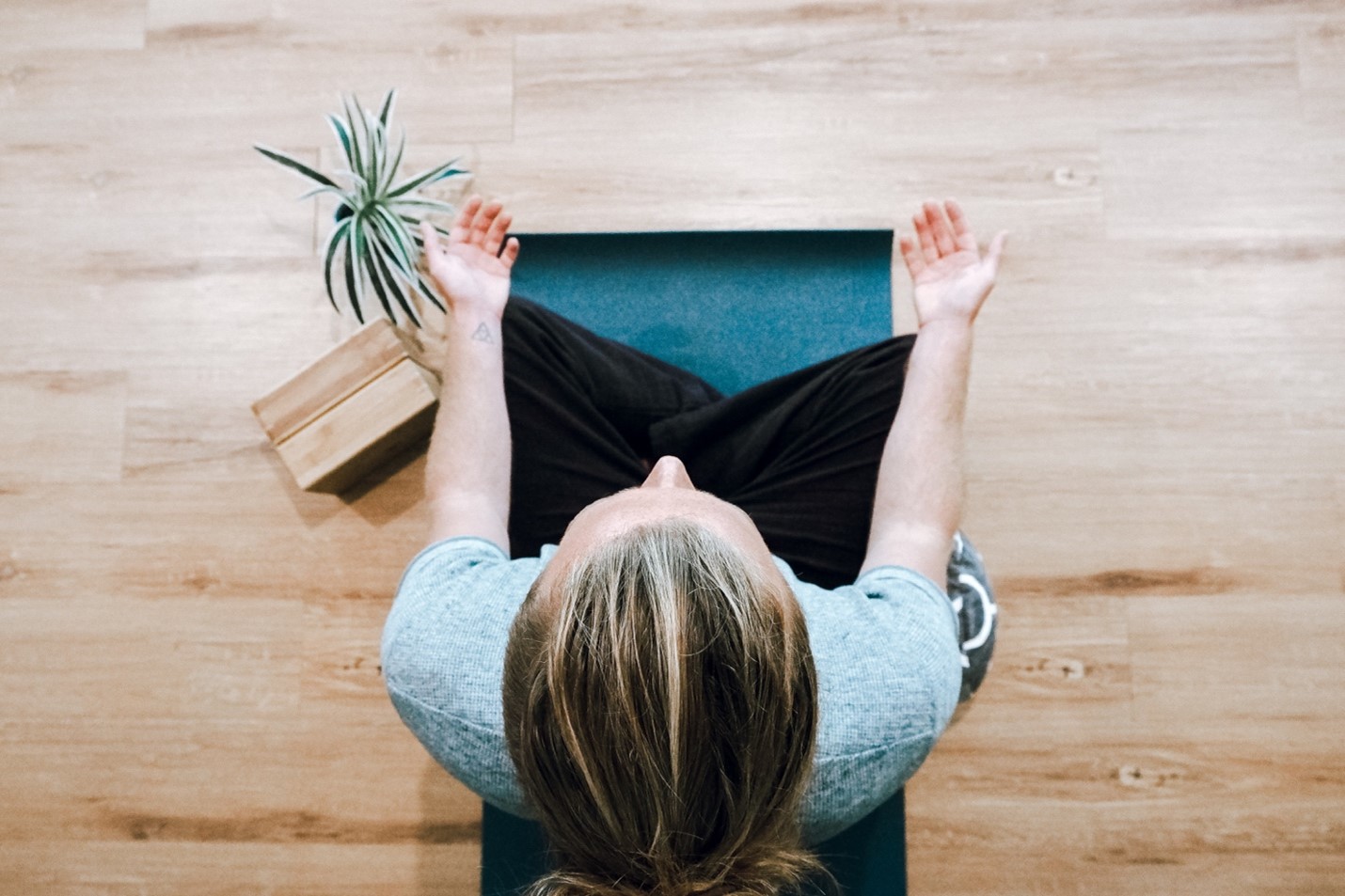Written By: Selena Pemberton, MOT, OTR/L, RYT200hr

Mindfulness can be defined as the conscious focus on the present moment without judgment or opinion. It can be used anytime, anywhere, and doesn’t require tools or fancy equipment. It facilitates the consumer’s attention to their environment, the task they may be doing, and their sensations in that moment. This can be powerful in the ability to recover and improve.
You can try this right now! Simply bring your attention to the movement of your breath. How your chest rises and falls, how the air feels going in and out of your nostril. How your body feels in your chair. How does your right hand feel at this moment? How about your left hand? It’s that simple! And I must ask, how do you feel after?
In a recent systematic review on mindfulness in rehabilitation, the author discusses how the first standardized approach to mindfulness was an intervention called mindfulness-based stress reduction (MBSR; Hardison & Roll 2016). This system focused on guided meditation, mindful movement, and education on how stress and anxiety can affect overall health and wellbeing. Since then, the intervention of mindfulness has expanded to a variety of approaches and strategies to support recovery in a way that just can’t occur with physical rehabilitation alone.
Rehabilitation itself brings pain, discomfort, and stress to those we serve. Although we know therapy is necessary to build or rebuild skills, promote occupational participation, and enhance quality of life and safety, it doesn’t eliminate the emotions and fear our consumer’s experience.
As clinicians, we can incorporate mindfulness into our daily practice as a supplement to our physical rehabilitation. Mindfulness builds a mind-body connection, trust, and internal locus of control for the consumer as they medically heal from their experience. Mindfulness goes beyond the exercises and training to allow for deeper healing and emotional regulation, which allows for quicker recovery.
Here are a few types of mindfulness that you can include in your sessions:
- Mindful walking
- Mindful breathing
- Body Scan
- Education on mind-body connection
For when the body is separate from the mind, our body takes longer to heal. Rather, when they are connected, healing can occur faster and with more sustainability.
I encourage you to investigate mindfulness as a personal practice as well. Burnout is a real thing and is prevalent in our professions. May you strive for best practices and creative ways to provide rehabilitation services to those we serve, and to you as a vital member to the good of our professions.
Join me on February 24th during my Live Webinar,Mindfulness-Based Intervention, and learn new strategies that show significant improvements in your clients’ active engagement and functional outcomes using specific mindfulness techniques during interventions.
Visit summit-education.com for more information.
References:
Hardison, Mark E; Roll, Shawn C. The American Journal of Occupational Therapy; Bethesda. Vol. 70, Iss. 3, (May/June 2016): 1-9. DOI: 10.5014/ajot.2016.018069